All products featured are independently chosen by us. However, SoundGuys may receive a commission on orders placed through its retail links. See our ethics statement.
What makes a good Bluetooth speaker?
April 25, 2025
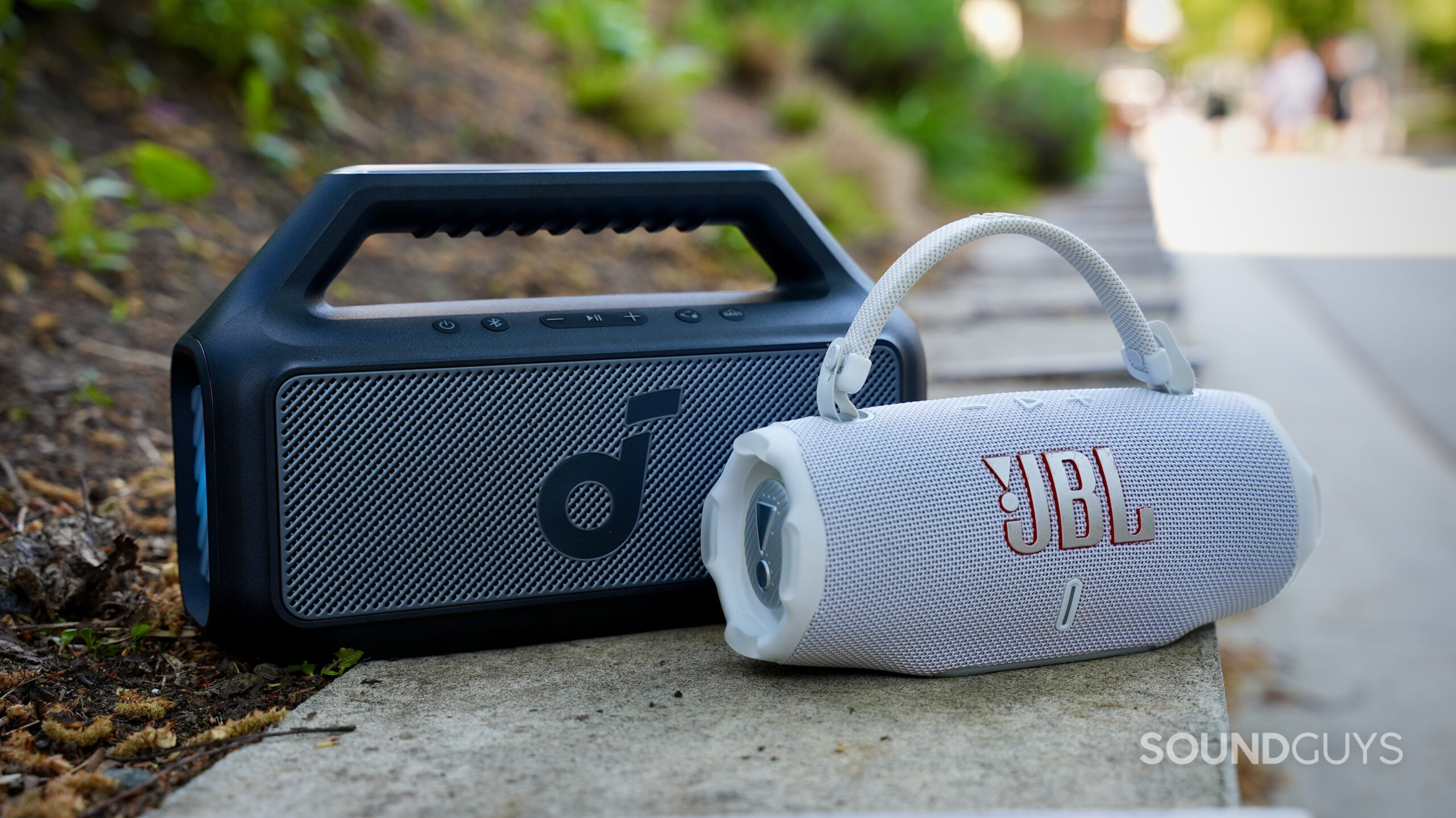
Whether you’re hosting a backyard party or relaxing in a college dorm, a Bluetooth speaker is an easy way to upgrade your sound. You don’t need to invest in a high-end stereo or home theater system to enjoy great audio. Bluetooth speakers offer quality and convenience at a reasonable price, both at home and on the go. This article breaks down the most important features to look for when shopping for the best Bluetooth speaker for your needs.
- On April 25th, 2025, to update links and recommendations
What type of Bluetooth speaker do you want?
There are all kinds of Bluetooth speakers out there, each designed with different uses in mind. Let’s look at the most popular use cases for Bluetooth speakers and help you figure out which type best fits your needs.
Start here: Ultimate Bluetooth speaker buying guide
Adventurers should get a durable Bluetooth speaker
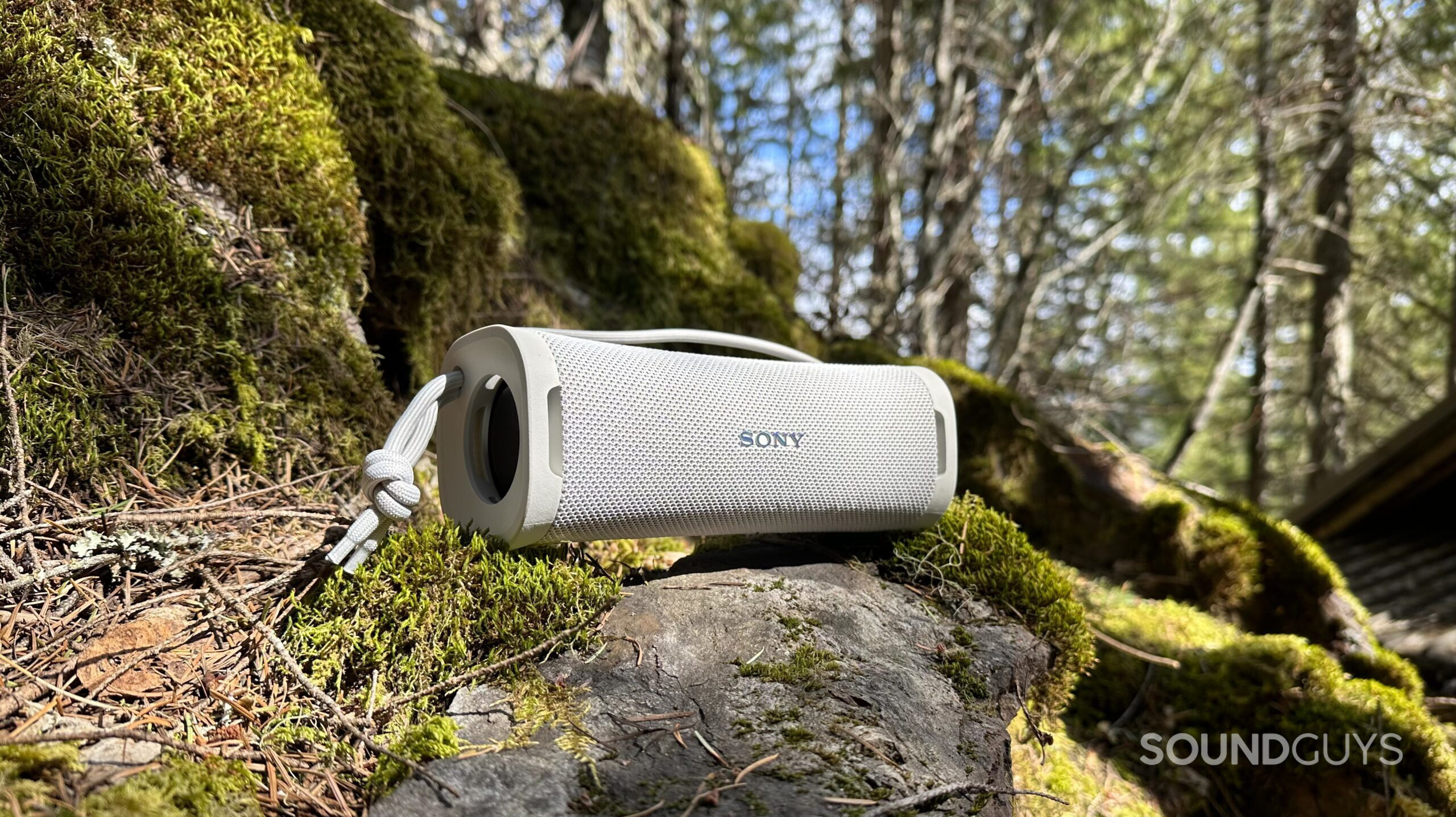
You’ll want a durable Bluetooth speaker if your summer plans include hiking, camping, or long bike rides. Look for a speaker with an IP rating for water resistance—it’s a must for outdoor use. If you tend to drop things, choose a speaker with some level of drop protection like the JBL Flip 7 or Sony ULT Field 1, even if it’s just rated for one meter.
You might like: Best Bluetooth speakers under $100
Portability matters if you want to keep a speaker with you wherever you go. No one wants to carry around something as bulky as the Brane X all day. Fortunately, brands like UE and JBL offer excellent portable options, along with plenty of choices from smaller brands online. The UE WonderBoom 4 and JBL Clip 5 both feature integrated carrying systems, making them especially convenient for travel.
Host a get-together with party speakers
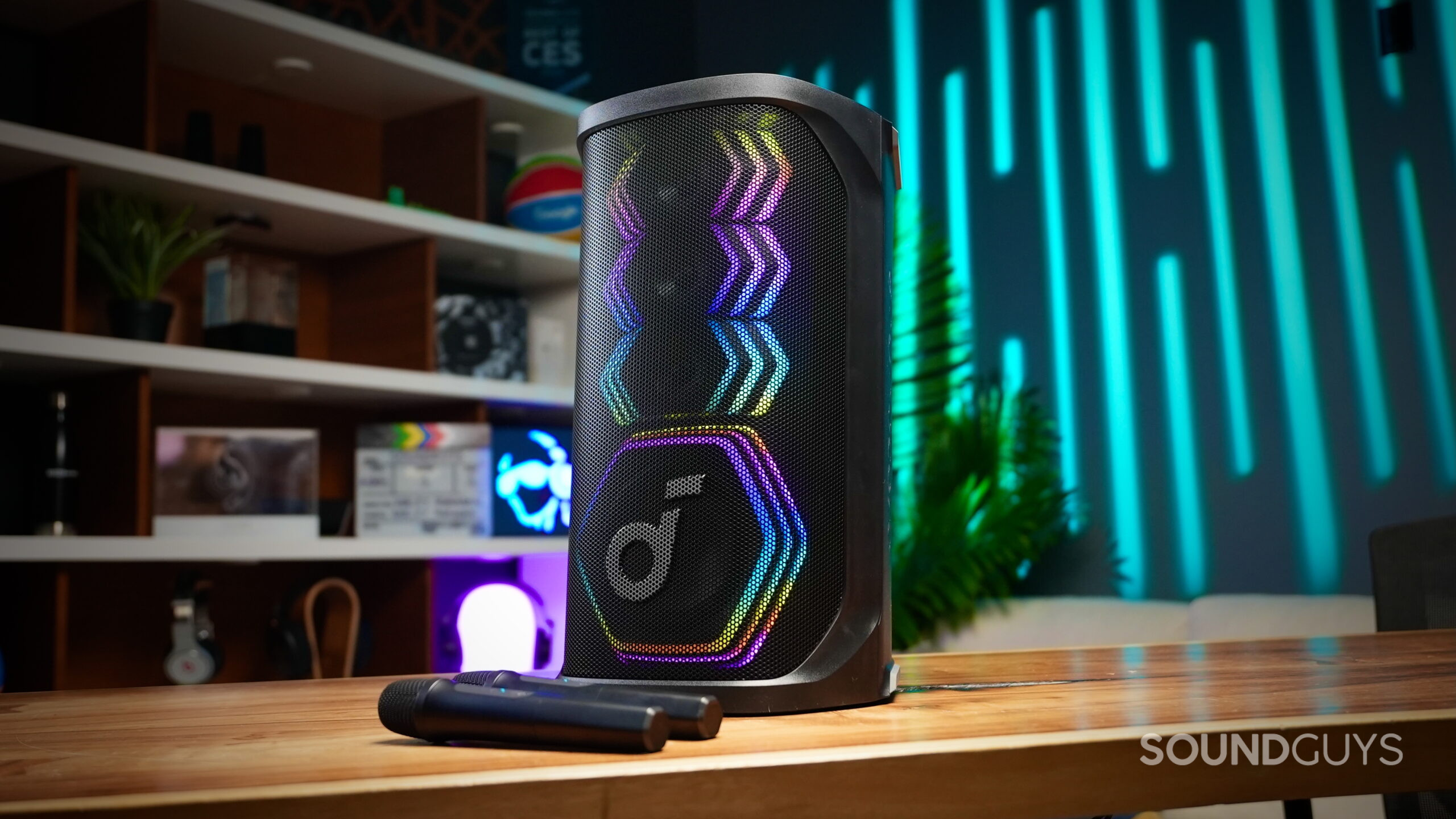
Music can make any gathering better, whether you’re hosting the party or just showing up with the tunes. You’ll find plenty of options when it comes to party speakers, with a wide range of sizes and prices. Most party speakers use multiple driver units for bigger sound. While some models are portable, they’re generally less travel-friendly than adventure speakers.
Anyone who intends to use a speaker outside should seek out a product with an IP rating. Even if it’s not actively raining, moisture buildup can corrode the electrical components of your favorite speaker. Some IP-rated devices also offer dust resistance, which is important for campfires or backyard gatherings.
Other features you want to look out for include the ability to sync multiple speakers together. This is more important for small speakers, as it increases both the potential loudness and sound dispersion. If you keep something like the JBL PartyBox Stage 320 around, you don’t have to worry about volume levels, as this vertical monster gets plenty loud. You could even go all out on the party vibes with the Soundcore Rave 3s, which come with two wireless microphones and an AI vocal removal feature that strips the vocals from your favorite tunes for the ultimate karaoke experience.
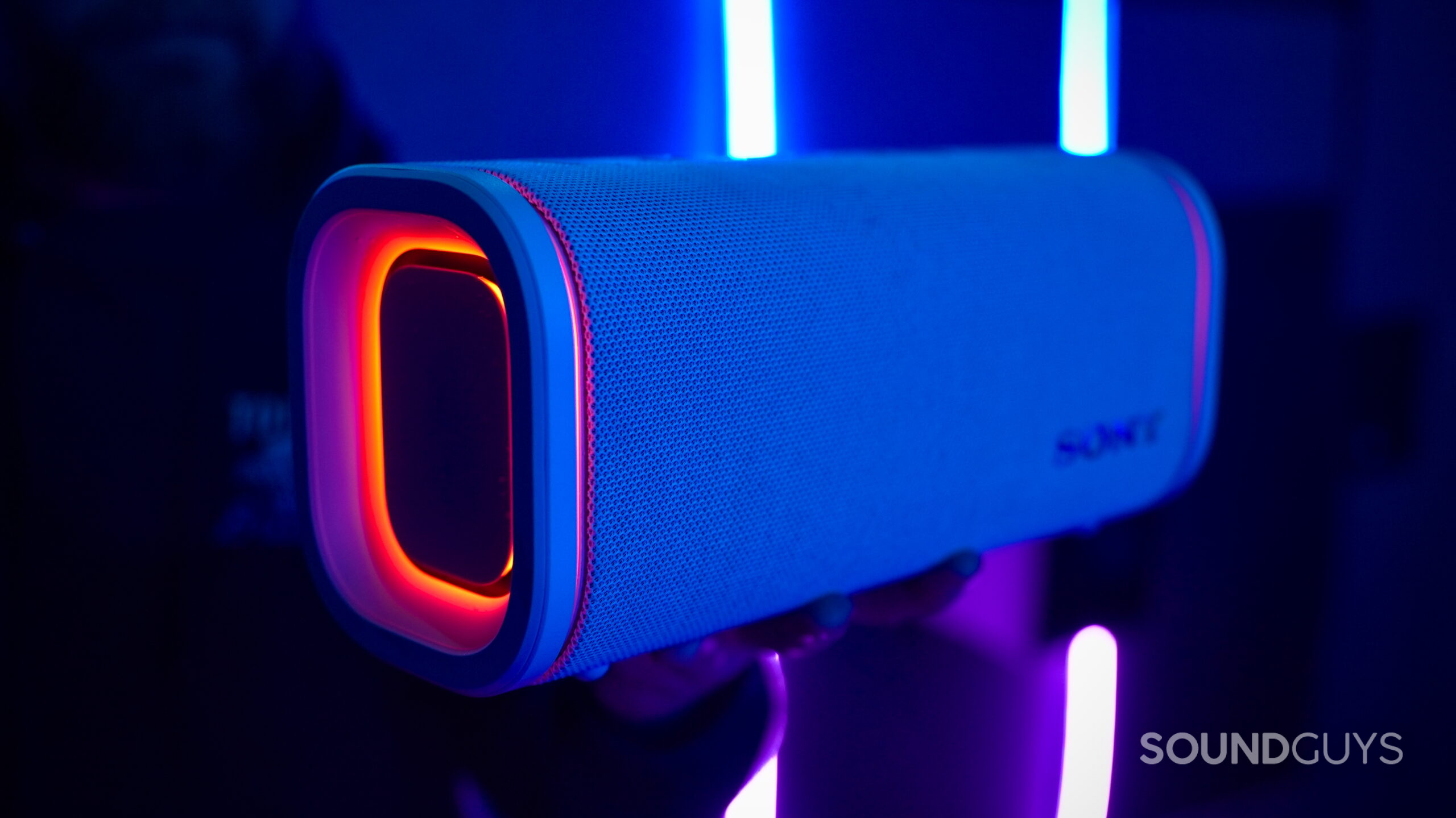
Those who prefer smaller gatherings and want the music to remain in the background should consider something like the UE HYPERBOOM or the Sony ULT Field 5. You can carry either of these speakers from one part of the house to another with little issue, though they’re still pretty clunky relative to your daily Bluetooth speaker options.
Don’t have any special uses? Get a jack-of-all-trades Bluetooth speaker
If you don’t intend to use your speaker in extreme conditions or to entertain guests, we recommend a versatile speaker and a budget of around $100-150 USD. This is the sweet spot for portable Bluetooth speakers, and you can get plenty of bang for your buck, especially if you feel comfortable buying a used or renewed product.
One of the most successful Bluetooth speaker lines is the JBL Flip, with the current flagship being the JBL Flip 7. This cylindrical speaker fits into nearly any cupholder or backpack holster and features everything you could want for daily listening. It has an IP68 build, solid battery life, audio over USB-C, and is a great all-arounder. JBL includes both a carabiner and a loop attachment, so you can easily clip it onto a hiking bag or nearby tree branch when out in the wild.
If your budget is a bit more flexible, check out the JBL Charge 6, which is a step up from the Flip 7. It shares the same durable build and IP68 rating, along with a travel-friendly design, but delivers more power with 45W of output versus the Flip 7’s 35W. The Charge 6 also gives you access to a 7-band EQ, so you can fine-tune the sound to match your preferences.
Smart speakers can be Bluetooth speakers too
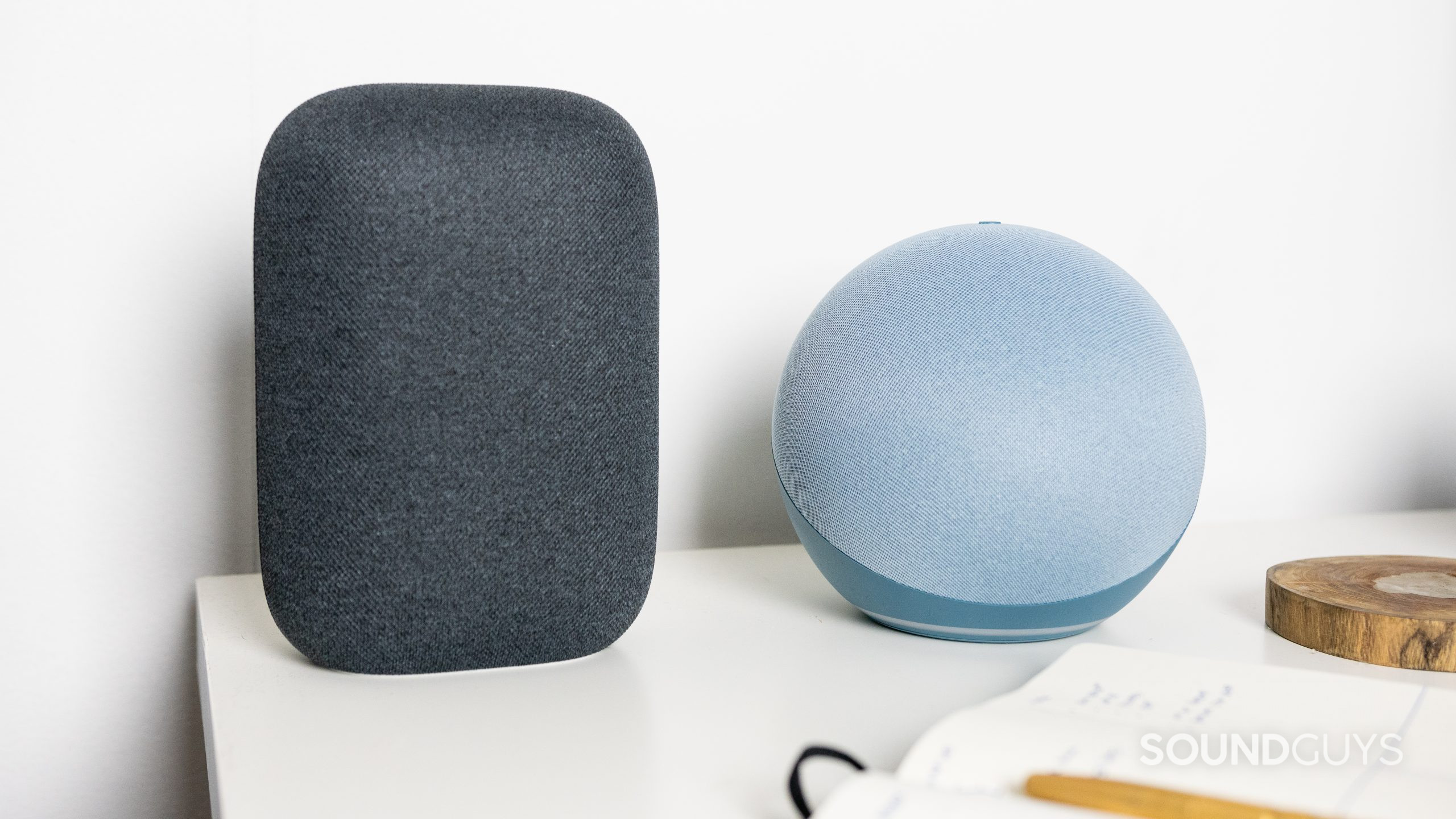
Last but not least, we have smart speakers. Although most smart speakers rely on Wi-Fi for their wireless connections, a handful of them also support Bluetooth connectivity. If you already own plenty of Google hardware, get the Google Nest Audio. It’s a great speaker that sounds good and has some cool software tricks to adjust the frequency response and volume output in real time.
If your home is full of Amazon products, the Amazon Echo (4th Gen) is more your speed. This supports Bluetooth streaming and has a headphone jack for analog playback, something the Nest Audio lacks. The two smart speakers are very similar in our comparison, so the hardware you already own should dictate which is best for you.
Related: What makes a great smart speaker?
We can’t forget Apple fanboys: Apple discontinued the bulbous HomePod and replaced it with the Apple HomePod mini, a smaller, more feature-packed smart speaker. You can use its intercom feature to cast an audio message out to other HomePod mini speakers in your house, and even to other Apple devices. It supports AirPlay 2 multi-room audio, and you can stream directly from all of your favorite music services like Apple Music, Spotify, and more.
Bluetooth speaker guide: What features should you look out for?
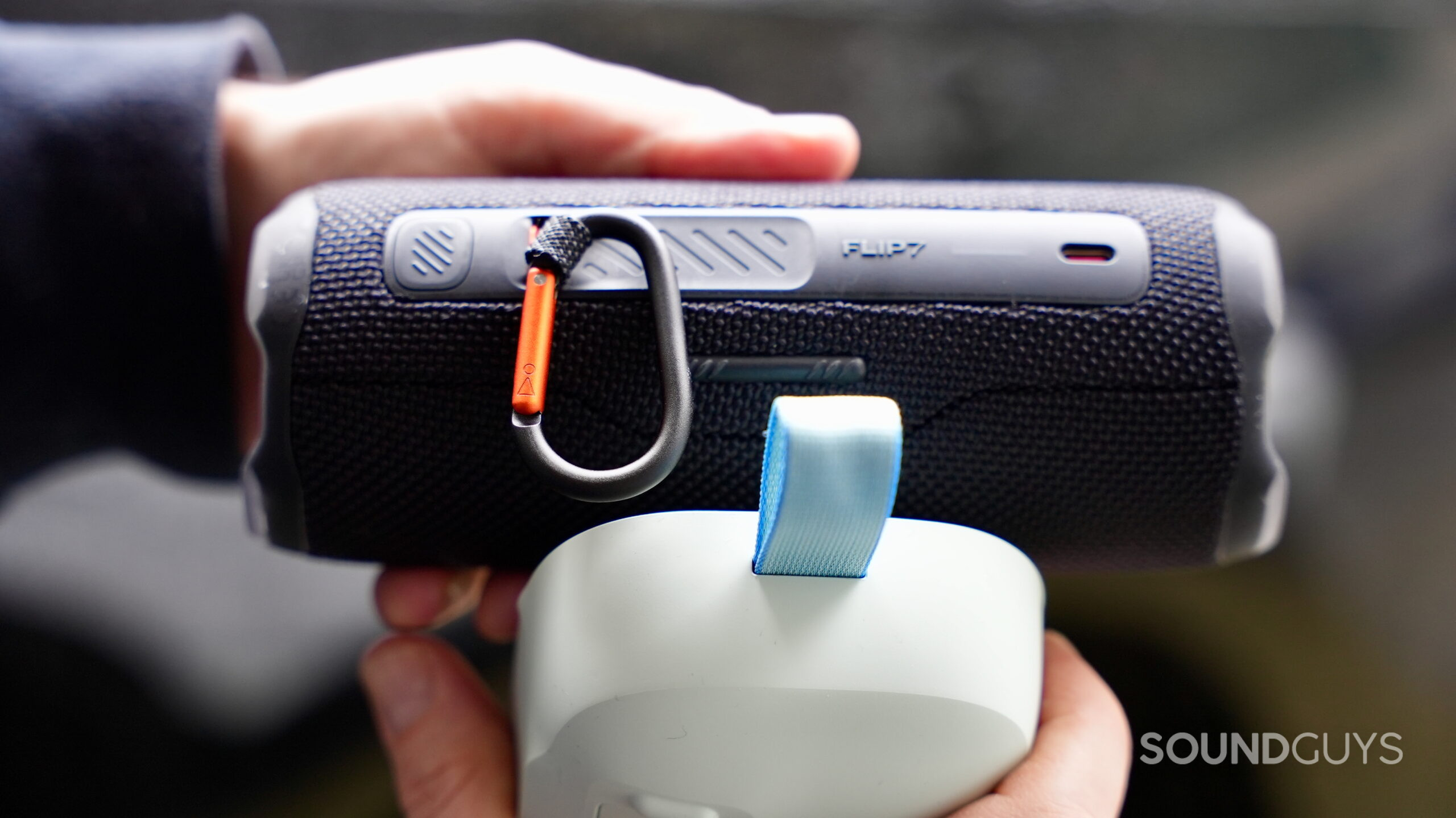
Aside from planning how you intend to use a Bluetooth speaker, you should consider certain features. Let’s run through some frequently overlooked but useful features to consider when you’re shopping around.
A speaker is only as good as its battery life
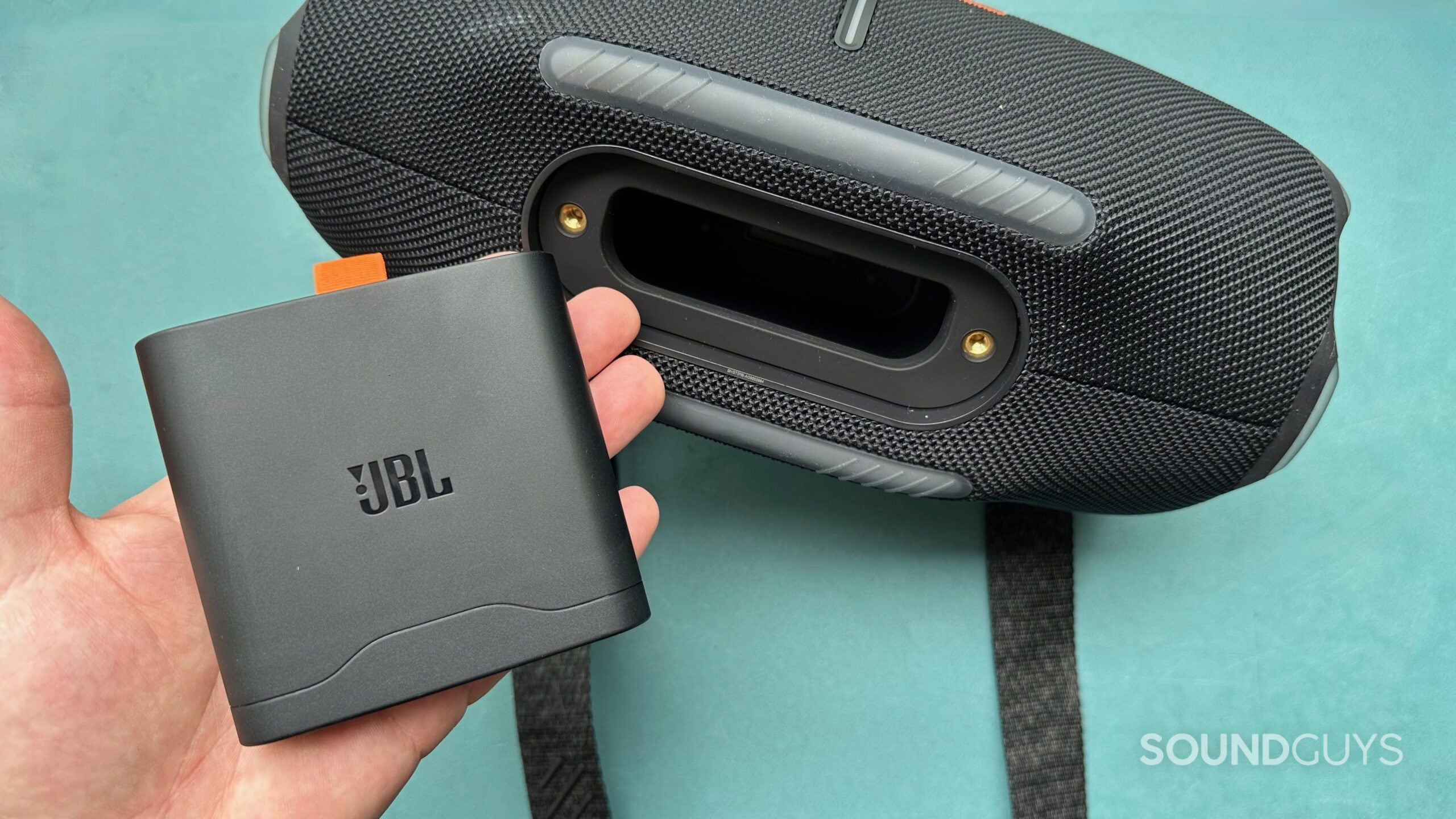
If you can’t keep your Bluetooth speaker powered, it quickly turns into a pricey paperweight. Battery life is especially important if you’re planning all-day pool parties or outdoor adventures, while it might matter less if you only use your speaker between classes.
Another handy feature to look for is device charging. Smaller speakers like the JBL Clip series skip this feature, but with the JBL Charge 6 or Xtreme 4, you can top up your smartphone on the go. Just remember, charging your phone from your speaker will drain its battery faster, so you’ll get less playtime overall.
Not all Bluetooth speakers have microphones for phone calls
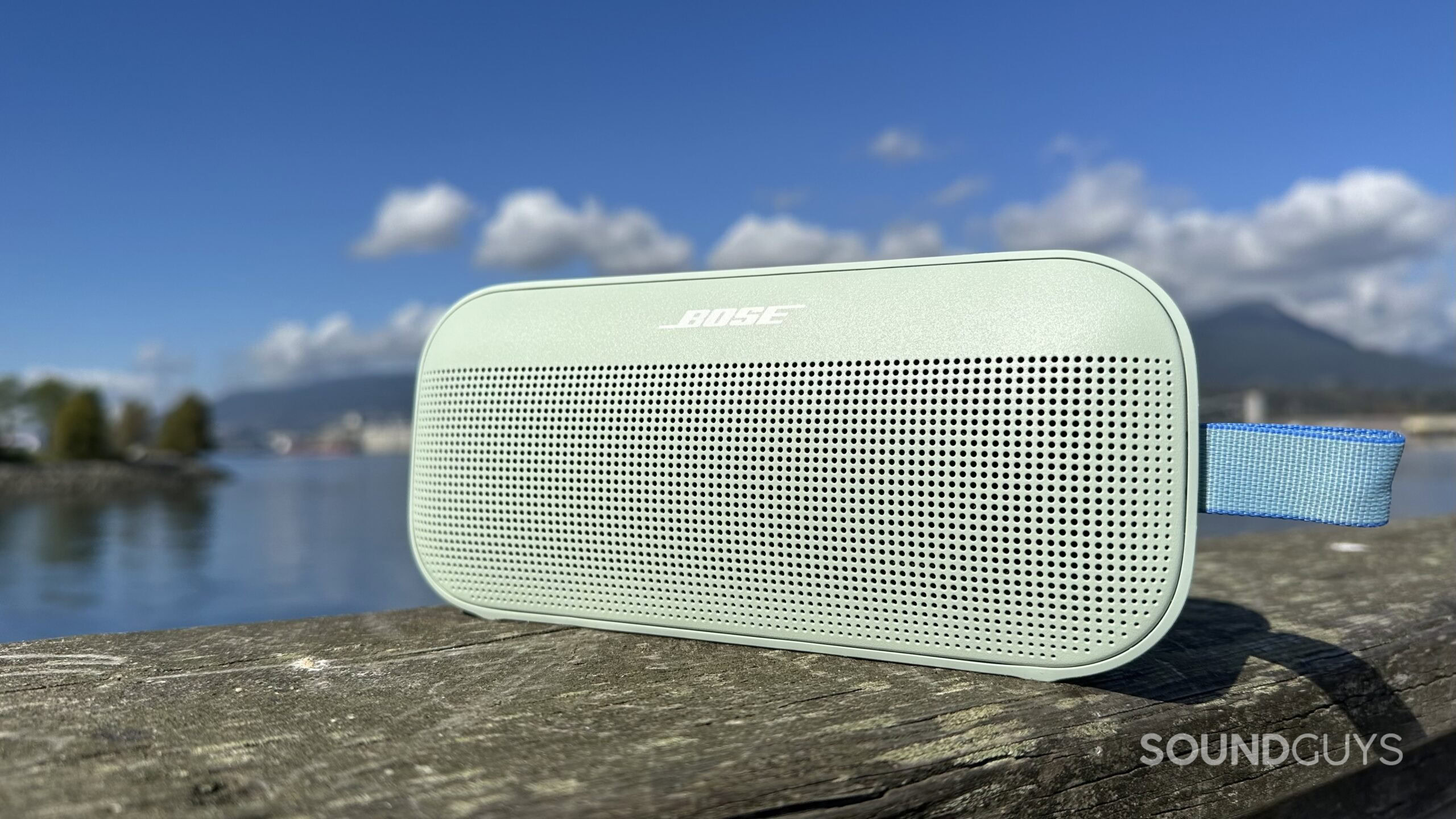
When people think of taking hands-free phone calls, they probably think of their favorite Bluetooth headphones or the speakerphone button on their smartphones. However, a few Bluetooth speakers, like the Bose SoundLink Flex (2nd Gen) and Sony ULT Field 3, include microphones so you can take calls. The sound quality won’t be nearly as good as a dedicated headset, and we certainly don’t recommend using a Bluetooth speaker for conference calls, but it will do in a pinch.
Do Bluetooth codecs matter when you pick out a Bluetooth speaker?
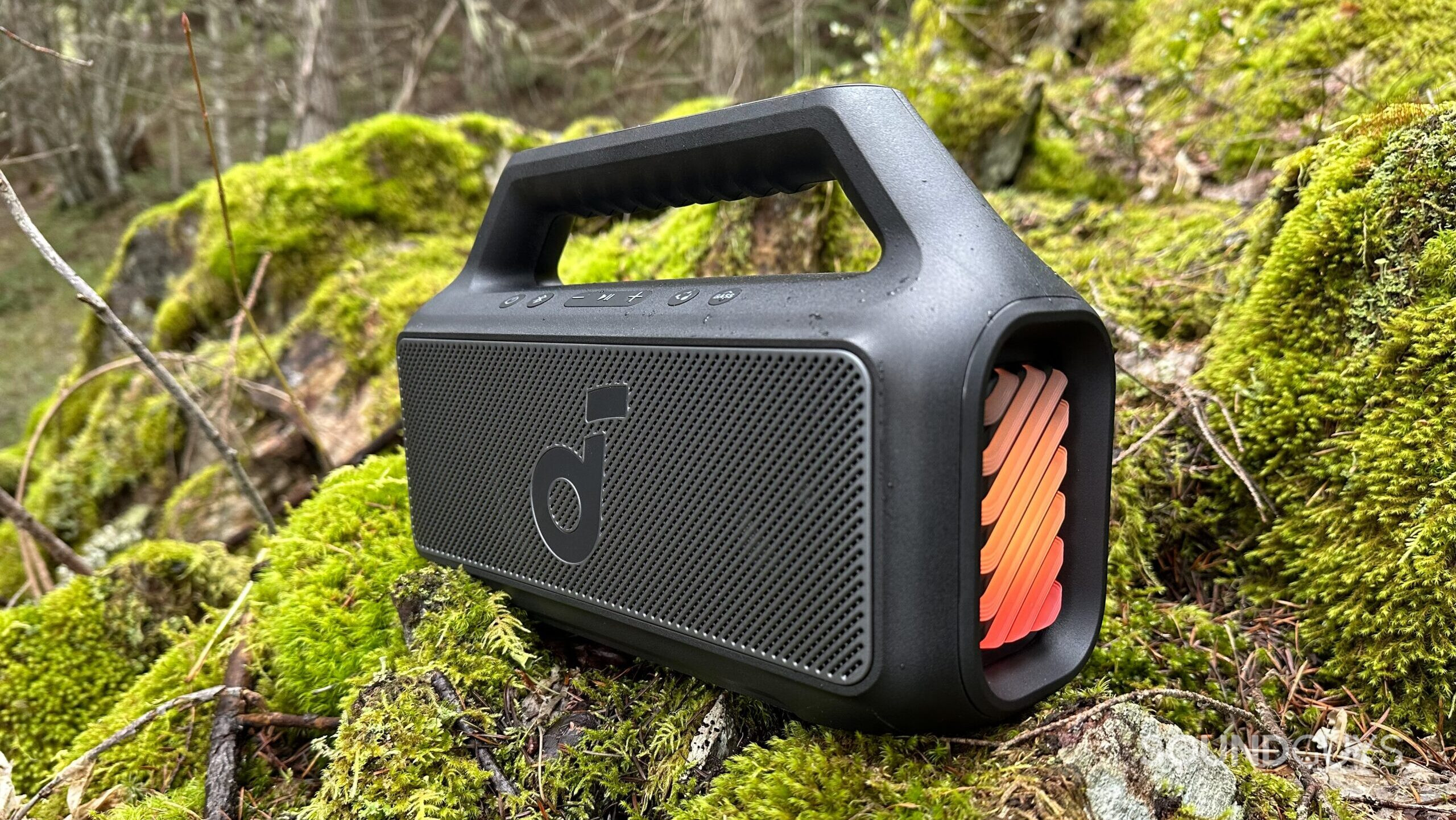
Bluetooth codecs are among the many specifications you find for wireless products. Put simply, they let your source device communicate and transfer audio to and from a headset.
It’s hard to find (affordable) Bluetooth speakers with high-quality Bluetooth codec support—most only support the default SBC option, because manufacturers don’t market them for critical listening. Instead, this kind of speaker is for casual use, so lag-free premium audio takes a backseat to portability and ease of use.
Related: Understanding Bluetooth codecs
Still, if you have an Android smartphone and want the best audio quality, look for something with aptX support. Better yet, assuming your phone has a headphone jack, look for a speaker with a 3.5mm input for wired listening. That way, you can plug in your smartphone for lossless playback. iPhone owners should get a speaker that supports the AAC Bluetooth codec for consistent, high-quality audio. You’ll more easily find a Bluetooth speaker that supports AAC than aptX.
Does your Bluetooth speaker come with a mobile app?
Just like headphones, wireless speakers often come with companion apps to augment the experience. Most apps include the ability to wirelessly daisy-chain speakers together, find your speaker, and, more importantly, EQ options to let you fine-tune the sound of your speaker. Additionally, these apps provide access to firmware updates. This extends the longevity of your product and can even add important features down the line.
What’s your budget?
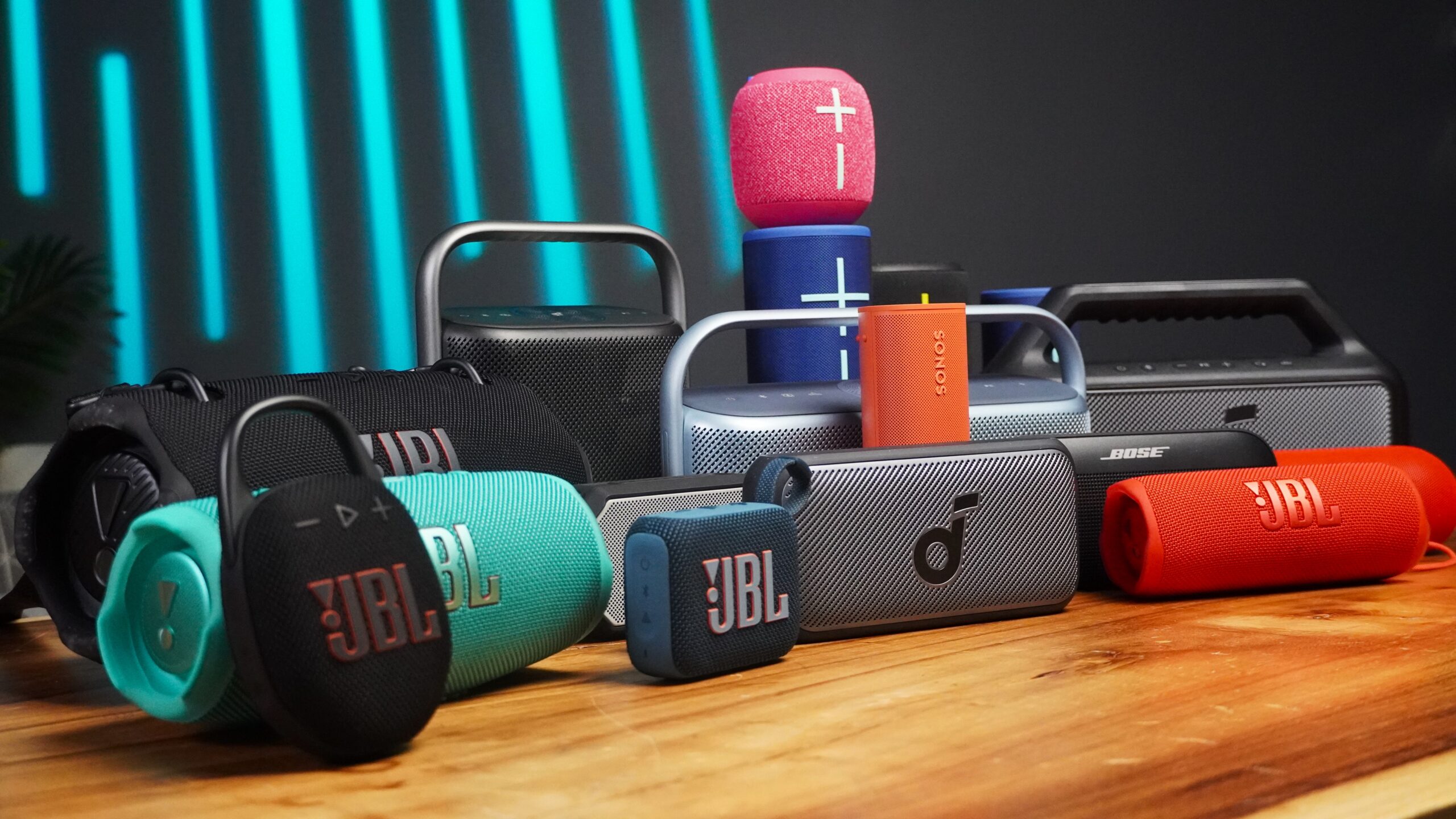
The quickest way to narrow down your options is to set a budget. Sure, spending more money often gets you more features, but there’s a point of diminishing returns here. Also, we don’t want you to pay for features you won’t use, so it’s important to consider your needs and finances when making a decision. Most people won’t want to spend more than $50-100 USD, and that’s perfectly fine. You can get quite a few good Bluetooth speakers on a tight budget. However, if you’re willing to stretch your wallet a bit, you’ll get better sound quality and battery life.
What is frequency response?
We’ve already covered plenty in this Bluetooth speakers guide, but there’s still a bit more to learn. To get the best speaker for your needs it’s important to understand what frequency response is, and what kind of sound profile you prefer. Remember, a single-unit Bluetooth speaker has limitations and will never sound as good as a multi-unit home setup. You can learn even more about the technical ins and outs of speakers from our in-depth article here.
Ideally, a loudspeaker should produce an output between 20Hz-20kHz, which makes sense since that’s also the range of human hearing. The auditory platonic ideal is a neutral, or flat, response, which means there’s no deviation in loudness from one frequency to another. This is virtually impossible to achieve, particularly in an imperfect environment. Plus, very few casual listeners actually seek out this kind of sound profile; instead, many of us prefer something with a bit more bass and treble.
If you demand accurate audio quality, you will have difficulty finding it from a single speaker unit, rather than something with a dedicated subwoofer. Standalone speakers struggle to reproduce loud, accurate bass notes due to physical constraints, but there are some hardware tricks to getting around this. Many companies use passive radiators, which rely on the active driver to produce enough power to move the passive ones and create that familiar oomph in the lows.
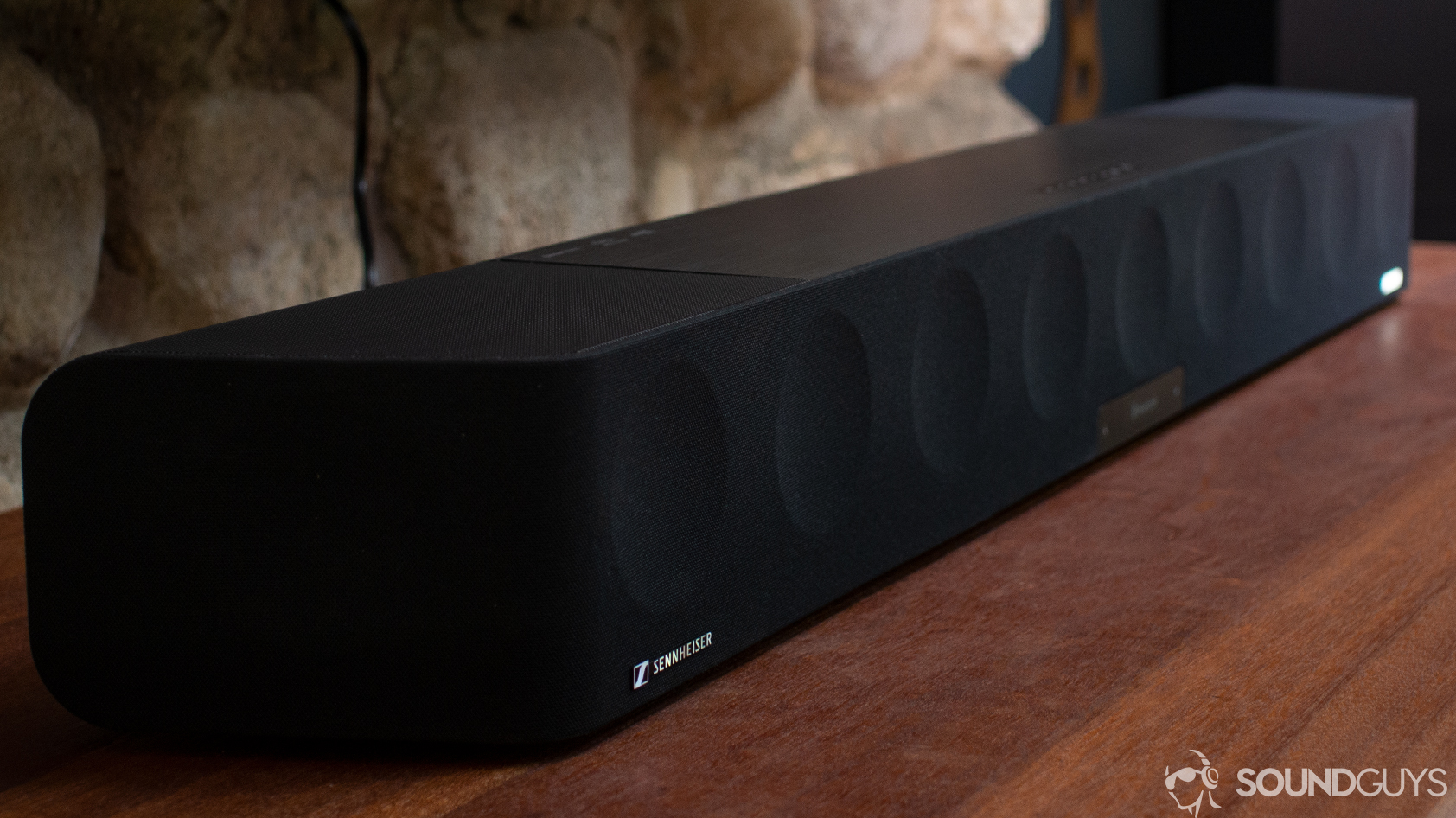
If a speaker amplifies upper-bass and low-midrange notes too much, you may find it hard to identify instrumental detail in some of your favorite songs. This phenomenon is called spectral (aka auditory) masking, which is when a loud sound makes it difficult to hear a relatively quiet sound. We all experience spectral masking—think of the last time you tried to converse with a friend on the train platform. You probably had to pause when the train pulled in because you couldn’t hear what the other person was saying. That is spectral masking.
This article should act as a fine springboard for you to pick out an appropriate Bluetooth speaker for your lifestyle. There’s plenty more you can read to learn about sound quality or audio myths, but for now, get out and go enjoy your music.